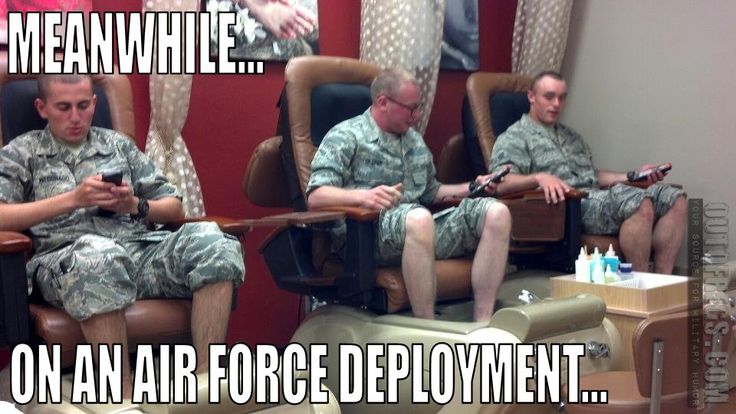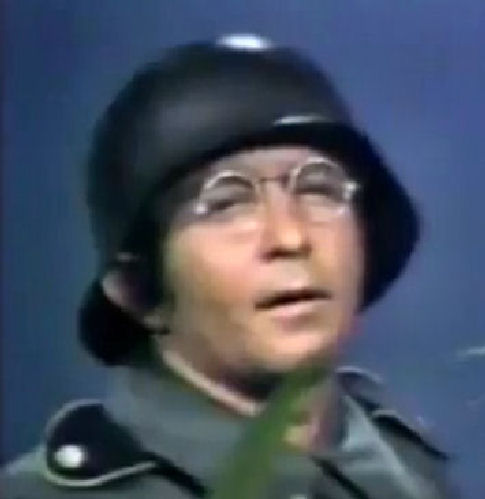|
|
||
|
||
|
Privacy Policy | Editorial Policy | Profit Policy | Join the Association | List of Members | Contact us | Index | Links |
||
|
Back Go to page: 1 2 3 4 5 6 7 8 9 10 11 12 13 14 15 16 17 18 19 20 Forward
|
||
|
Allan George’s Gems.
|
||
|
|
||
|
The Jerry Can.
During World War II the United States exported more tons of petroleum products than of all other war material combined. The mainstay of the enormous oil and fuel transportation network that fed the war was the ocean-going tanker, supplemented on land by pipelines, railroad tank cars and trucks. But for combat vehicles on the move, another link was crucial, smaller containers that could be carried and poured by hand and moved around a battle zone by trucks.
Hitler knew this. He perceived early on that the weakest link in his
plans for blitzkrieg using his panzer divisions was fuel supply. He
ordered his staff to design a fuel container that
The Jerry can had been developed under the strictest secrecy and its unique features were many. It was flat-sided and rectangular in shape, consisting of two halves welded together as in a typical car petrol tank. It had three handles, enabling one man to carry two cans and pass one to another man in bucket-brigade fashion. Its capacity was approximately 20 litres, its weight when filled, approx. 20.5 kilograms. Thanks to an air chamber at the top, it would float on water if dropped overboard or from a plane. Its short spout was secured with a snap closure that could be propped open for pouring, making any funnel or opener unnecessary. A gasket made the mouth leak proof. An air-breathing tube from the spout to the air space kept the pouring smooth. And most important, the can’s inside was lined with an impervious plastic material developed for the insides of steel beer barrels. This enabled the Jerry can to be used alternately for fuels and water.
Early in the summer of 1939, this secret weapon began a roundabout odyssey into American hands. An American engineer named Paul Pleiss, finishing up a manufacturing job in Berlin, persuaded a German colleague to join him on a holiday overland to India. The two bought a car chassis and built a body for it. As they prepared to leave on their journey, they realized that they had no provision for emergency water. The German engineer knew of and had access to thousands of Jerry cans stored at Tempelhof Airport. He simply took three and mounted them on the underside of the car.
The two drove across eleven national borders without incident and were halfway across India when Field Marshal Goering sent a plane to take the German engineer back home. Before departing, the engineer compounded his treason by giving Pleiss complete specifications for the Jerry can's manufacture. Pleiss continued on alone to Calcutta. Then he put the car in storage and returned to Philadelphia.
Back in the United States, Pleiss told military officials about the container, but without a sample can he could stir no interest, even though the war was now well under way. The risk involved in having the cans removed from the car and shipped from Calcutta seemed too great, so he eventually had the complete vehicle sent to him, via Turkey and the Cape of Good Hope. It arrived in New York in the summer of 1940 with the three Jerry cans intact. Pleiss immediately sent one of the cans to Washington. The War Department looked at it but unwisely decided that an updated version of their World War I container would be good enough. That was a cylindrical ten-gallon can with two screw closures. It required a spanner and a funnel for pouring.
That one Jerry can in the Army’s possession was later sent to Camp
Holabird, in Maryland.
The British first encountered the Jerry can during the German invasion of Norway, in 1940 and gave it its English name (the Germans were, of course, the “Jerries”). Later that year Pleiss was in London and was asked by British officers if he knew anything about the can’s design and manufacture. He ordered the second of his three Jerry cans flown to London. Steps were taken to manufacture exact duplicates of it.
Two years later the United States was still oblivious of the can. Then, in September 1942, two quality-control officers posted to American refineries in the Mideast ran smack into the problems being created by ignoring the Jerry can. Two weeks before the start of the Battle of El Alamein, the USA learned that the British wanted no part of a planned U.S. Navy can, as far as they were concerned, the only container worth having was the Jerry can, even though their only supply was those captured in battle. The British were bitter, two years after the invasion of Norway there was still no evidence that their government had done anything about the Jerry can.
Senior US military people learned quickly about the Jerry can's advantages and the Allied can’s costly disadvantages and a cable to naval officials in Washington stating that 40 percent of all the fuel sent to Egypt was being lost through spillage and evaporation. The 40 percent figure was actually a guess intended to provoke alarm, but it worked. A cable came back immediately requesting confirmation.
Following a visit to several fuel-handling depots at the rear of
Montgomery’s army, it was
Allied soldiers in Africa knew that the only fuel container worth having was German. Similar tins were carried on Liberator bombers in flight. They leaked out perhaps a third of the fuel they carried. Because of this, General Wavell’s defeat of the Italians in North Africa in 1940 had come to naught. His planes and combat vehicles had literally run out of gas. Likewise in 1941, General Auchinleck’s victory over Rommel had withered away. In 1942 General Montgomery saw to it that he had enough supplies, including fuel, to whip Rommel in spite of terrific wastage. And he was helped by captured Jerry cans.
The British historian Desmond Young later confirmed the great importance of oil cans in the early African part of the war. “No one who did not serve in the desert,” he wrote, “can realize to what extent the difference between complete and partial success rested on the simplest item of our equipment—and the worst. Whoever sent our troops into desert warfare with the [five-gallon] petrol tin has much to answer for. General Auchinleck estimates that this ‘flimsy and ill-constructed container’ led to the loss of thirty per cent of petrol between base and consumer. … The overall loss was almost incalculable. To calculate the tanks destroyed, the number of men who were killed or went into captivity because of shortage of petrol at some crucial moment, the ships and merchant seamen lost in carrying it, would be quite impossible. A new five-gallon container under consideration in Washington was cancelled.
Meanwhile the British were finally gearing up for mass production. Two million British Jerry cans were sent to North Africa in early 1943 and by early 1944 they were being manufactured in the Middle East. Since the British had such a head start, the Allies agreed to let them produce all the cans needed for the invasion of Europe. Millions were ready by D-day. By V-E day some twenty-one million Allied Jerry cans had been scattered all over Europe. President Roosevelt observed in November 1944, “Without these cans it would have been impossible for our armies to cut their way across France at a lightning pace which exceeded the German Blitz of 1940.”
In Washington little about the Jerry can appears in the official record. A military report says simply, “A sample of the Jerry can was brought to the office of the Quartermaster General in the summer of 1940.”
|
||
|
A name is nothing but a noise people make when trying to attract your attention.
|
||
|
Carrier aircraft.
The Video below might be a few years old, but it gives a good perspective into what it is like being a carrier based pilot - pretty hairy stuff really, I would think they really earn their money. Click the arrow to watch it.
|
||
|
|
||
|
|
||
|
Some Gallipoli "Myths".
The story of the Anzacs at Gallipoli remains an important part of Australia's national identity. More than 8,000 Australians lost their lives in the ill-fated attempt to force passage through the Dardanelles strait and capture the Turkish capital, Constantinople. The legends of Anzac heroism, mateship and ingenuity have gone down in folklore along with names like Simpson and Jacka VC.
Another part of that legend is the bungled landing in the wrong spot,
the superior fighting
But how much of what Australians have come to believe about the Anzacs is fact, and how much is fiction?
"Myth": The Anzacs landed in the wrong place. According to military historians including Professor Peter Stanley of the University of NSW, one of the most persistent myths about the Anzac landing at Gallipoli is that the troops came ashore at the wrong spot.
Professor Stanley says the journalist and historian Charles Bean helped generate this myth by quoting a naval officer, Commander Dix, as saying, "the damn fools have landed us in the wrong place!" (See HERE) [These links will take a little time to open]
Professor Stanley says this is "not correct". "For decades people have tried to explain the failure at Gallipoli by blaming it on the Royal Navy, but the Royal Navy did land the troops in approximately the right spot. It was what happened after the landing where things went wrong," he says. The head of military history at the Australian War Memorial in Canberra, Ashley Ekins, agrees. "It's a common misconception," he says. "In fact, the Anzacs landed pretty well right in the centre of the originally selected landing zone."
Professor Stanley says there wasn't ever a precise landing spot, just a range of about a kilometre or two, and as it happened, putting the troops ashore around Anzac Cove was probably beneficial, because it was not heavily defended. Mr Ekins, who is the author of the book “Gallipoli; A Ridge Too Far”, says there were incorrect claims at the time that currents drew the landing boats away from their intended target. "There are no currents in that area," he says.
"Myth": Bumbling British to blame for failed landing. Another myth is that British generals were to blame for the failure of the Gallipoli campaign. Wrong again, says Professor Stanley. "The first landing was opposed by only about 80 Turks, and the defenders were soon massively out-numbered, but the invaders failed to advance inland as they had been ordered." He says the Australians' orders were to push on and capture a hill called Maltepe, seven kilometres inland but the Australian brigadiers got nervous and told their men to dig in on the second ridge, and that's where they stayed for the rest of the eight-month campaign. (See HERE).
Professor Stanley says Australians wanted to blame somebody else for a failure that was basically a failure of Australian command. Mr Ekins says the then Australian prime minister, Billy Hughes, was among the first to point the finger at the British. In fact, Mr Ekins says, there are multiple reasons for why the campaign failed. "The objectives in the first place, the conception of the whole campaign, was flawed.
A Report found the entire campaign had been misconceived from the start and was poorly carried out, resulting in the useless deaths of tens of thousands of allied soldiers. A 1917 British parliamentary report concluded: "The failure at Anzac was due mainly to the difficulties of the country and the strength of the enemy." However it also noted that had the British been successful at nearby Suvla, they may have lessened Turkish resistance at Anzac Cove.
"Myth": The Anzacs were bushmen and natural athletic soldiers Historian Joan Beaumont from the Australian National University says the reality was that the Anzacs were "not really a race of athletes as they were sometimes called". Professor Beaumont says that although official war correspondent Charles Bean described them as being considerably fitter and taller than the men from the British working classes, in fact some of the physical standards weren't high by modern standards. (See HERE)
The minimum height for Australian soldiers from the start of the war was five feet six inches (167cms), and went down to a diminutive five feet (152cms) by the end of the war. But while the Anzacs may not have been very tall, Mr Ekins says they were certainly fit. "They were undoubtedly a fine contingent of men," he says. "And they did stand out alongside the British troops... People noticed the difference in their bearing, their size and so on."
However Mr Ekins says they were not good soldiers, at least not at first. "At the outset when they landed they were actually very inexperienced amateurs. They had to learn in a very hard school and there was much about war that they had to learn." Professor Beaumont, author of books including "Broken Nation", says that it was Bean who helped create a misconception that the Anzacs were all bushmen, natural solders, fine horsemen and crack shots. "That's one of the key elements of the Anzac legend, but even at the time that Bean was writing the majority of Australians lived in the major towns," she says. Professor Stanley also says while the Anzacs were the best physical specimens that could be found, they were mostly from the capital cities.
"Myth": Simpson and his donkey One of the heroes of the Gallipoli campaign is stretcher bearer John Simpson Kirkpatrick who famously used a donkey to carry wounded men back from the front line. Simpson landed at Anzac Cove on April 25, 1915, and was shot and killed by a sniper less than four weeks later. Professor Stanley, author of the book Simpson's Donkey, says the Simpson story is a very confused one. For one thing, he says, it's probable there was more than one donkey. (See HERE)
Mr Ekins adds that most Australians probably don't realise Simpson was an Englishman who joined up in Australia in an effort to get back home. "He'd joined up basically to go back home to London to see his mother and sister, to whom he'd been writing for several years while working around the outback of Australia and in various places. He joined up, became a soldier, a stretcher-bearer in the field ambulance and found himself on Gallipoli, to his surprise I guess, when he was intending to go back home to England." He says contrary to the popular belief, Simpson may not have saved any lives. "He did very brave work, he went into the gullies, he rescued men who were wounded, but mostly men with leg wounds," Mr Ekins says. "He may not have actually saved a single soldier who was going to die."
"Myth": The "secret" evacuation and the drip gun Another feature of the Anzac story is the ingenious way the Australians covered their evacuation by deceiving the Turks. (See HERE)
The Anzacs fashioned so-called "drip rifles" - with a crude timing system made from tins or cooking pots that kept unmanned guns firing. The inventor of the rifles was Lance Corporal W.C. Scurry, who was awarded the Distinguished Conduct medal and promoted to Sergeant for his ingenuity. However, Professor Stanley says the drip gun contributed nothing to the evacuation. He says by the time the first one went off, all of the troops had been evacuated. "So, what did it contribute to fooling the Turks? Nothing," he says. Mr Ekins agrees that while the "secret evacuation" was well planned and executed, it's unlikely the drip rifles fooled the Turks. "If they were unsure that (the Anzacs) were leaving, they thought it was a strong possibility," he says.
In June 1963 the Australasian Post had an article on the “Drip Rifles: it’s a bit hard to read but you can see it HERE
There is no doubt that the Gallipoli campaign was a major military defeat for Australia and its allies and it came at a tremendous human cost for a fledgling nation. Similarly, there is no doubt there were acts of bravery, sacrifice and mateship that are worth commemorating. It is also understandable that contemporary chroniclers such as Charles Bean, subsequent historians and even governments have sought to put the best possible spin on it, sometimes at the expense of the truth. While modern historians work to set the record straight, it's still worth appreciating how myths can provide an insight into the way Australians have tried to find meaning and redemption from such terrible loss of life.
|
||
|
Stress is when you wake up screaming and then realize you haven't fallen asleep yet.
|
||
|
|
||
|
The TSR2
There has been a lot written about the TSR-2 since Australia decided not to buy it and the Poms decided not to build it. And as the 23 airframes that were built were smashed to pieces we’ll never know whether or not it was a good aircraft.
Pity.
The TSR2 was a technological triumph for Britain; a world beating
tactical, strike and reconnaissance aircraft years ahead of its time. It
carried four on-board digital computers to process radar information. It
could deliver its weapons load to a target 1000 nautical miles away from
a runway just 600 yards long. Flying at ultra low level at the speed of
sound it would have been able to pass under Soviet radar/air defence
screen undetected. It would have been the most powerful weapon in the
NATO arsenal. And yet it was destined never to see service. Why?
You can watch the video by clicking on the pic below.
|
||
|
|
||
|
|
||
|
My wife says I never listen to her. At least I think that's what she said.
|
||
|
The Caribou in PNG.
Not all Caribous that operated in PNG belonged to the RAAF – Uncle Reg and the blue eyed girls also had one and operated it from 1965 to 1969. Unfortunately for Uncle Reg, the Department of Civil Aviation (DCA) would not allow the company to operate the aircraft utilising its full STOL potential, for which is was designed. From go, the Caribou was designed as a Military aircraft, primarily with performance in mind, not economy of operation and it is a wonder any civil aircraft company made the decision to operate any - and a bigger wonder why a company would purchase only one with its high initial purchase price and high operating costs. Back in 1965, with spares, this one cost uncle Reg $595,000 (about $10M in today's money) - a huge cost.
|
||
|
|
||
|
Ansett-Mal Caribou at Port Moresby airport.
|
||
|
Ansett-MAL (Mandated Air Lines) bought the aircraft from de Havillands in 1965. It was not a new aircraft, having been built in 1961 and leased to the Swedish Air Force for a number of years before being returned to de Havs. It started life as a DHC-4 but when returned to de Havs was upgraded to DHC-4A which gave it an increased MTOW of 1,134 kg.
It left Canada for Australia and arrived at Bankstown in August 1965,
captain on the flight
Back then, DCA classified aircraft and airstrips into 4 categories, A, B (not used), C, and D. Cat A was the highest and referred to Friendships etc, Cat C was for aircraft such as the Cessna 402 and cat D for the utility Cessna 206 of which there were a hundred million.
Each morning operators at remote airstrips would call in (via HF) the condition of their airstrip. If the report was Cat C, the 402’s and the like could use the airstrip, if the report was Cat D, only the tough old 206 (and the like) could. The RAAF’s Caribous were classified Cat D so unless the airstrip was closed (and due to weather conditions that happened quite often) the RAAF’s Caribous were able to operate into most strips.
DCA, in their wisdom, classified uncle Reg’s Caribou as Cat A which restricted it hugely.
After operating the aircraft out of Madang and not being able to use it as it was designed, Ansett-MAL decided to off-load it. They offered it to the RAAF which were interested at first but on inspection found that the engine numbers listed in the spares package matched those that were fitted to their Caribou (A4-202) that crashed on landing at Porgera (north west of Mt Hagen) in 1965. That started to ring some bells and Ron Raymond, who was the boss of Det A at the time (Caribou detachment at Port Moresby) was asked to go to Porgera and investigate. On arrival he was told by the Kiap (Patrol Officer) that Uncle Reg’s boys had been to the crash site and had “borrowed” some spares, including the two engines. The RAAF weren’t happy about this of course and started looking for a scape goat. They tried to shift the blame to Ron Raymond accusing him of not removing all usable spares, as was stipulated in their earlier message to him, though on further inspection, it was found the message was still on someone’s desk in Canberra and had never been sent. There were red faces all round and as a result Ron got a "sorry" from Dep Air and the sale fell through.
Uncle Reg then withdrew his aircraft from PNG and in January 1969 it landed at Essendon and was sold to de Havs Australia who onsold it to a company in the USA. It was finally retired in 1986.
|
||
|
|
||
|
Ansett-MAL’s Caribou (at Wewak??).
One of Uncle Reg’s Caribou pilots at the time was Dick “Glass-eye” Glassey – a well known and well liked bloke who went on to become a central figure in the development of post-war civil aviation in PNG.
|
||
|
|
||
|
The Caribou at Madang Airport.
|
||
|
“Dick”, who was born George Argyle Glassey in New Zealand, began his PNG career in the 1950’s. He acquired his nickname through a childhood fascination with a radio serial about Richard the Lionheart. Thus he became known as Richard which was inevitably shortened to Dick. After leaving school, he joined the New Zealand Army and served several years with the occupation forces in post-war Japan. He then moved to Australia where he cut sugarcane before applying to join the RAAF.
After pilot training, he was posted to
87 Squadron flying Mosquitoes on photo
Right, after his last flight with Air Niugini, Dick was wheel-chaired from the aircraft by Peter “Sharpie” Sparpe and looking on (left) is Mal Douglas.
Mal Douglas, fondly known as “Alky Malky” and Peter Sharp (also two well known and great characters) regularly produced a satirical magazine known as the Skyland News. This little well-received magazine made fun of everything and everyone and each edition was eagerly awaited.
Unfortunately, characters like all those blokes seem to have disappeared from our lives, these blokes worked hard, they were good at what they did and they played hard too. Today people are stereo-typed – is it because of political correctness??
After MAL was taken over by Ansett, Dick managed the light aircraft division of Ansett-MAL, then as Ansett-MAL began to divest itself of light aircraft and operate “heavies” only, he became Chief Pilot for Ansett Airlines of Papua New Guinea (formerly Ansett-MAL). In conjunction with another Ansett pilot, Dick sponsored flying training for PNG's first national pilot, Napoleon Onsem.
With the approaching independence of PNG, Dick was appointed Chief Pilot of the new nation's carrier, Air Niugini and then to Operations Manager of Air Niugini where he helped to set up the National Pilot Training Scheme. Up until his retirement, he was flying Fokker F-28s on domestic and international services.
After a distinguished flying career, he retired to Brisbane.
Dick passed away in Brisbane on 3 August 1995 after a short illness – a great man, a damn good bloke, his death was a great loss.
|
||
|
|
||
|
P51 Mustang.
Ever wondered what it was like to go flying in a Mustang? Click the pic below to see. |
||
|
|
||
|
|
||
|
|
||
|
|
||
|
|
||
|
|
||
|
Velly Intelesting – but stupid!!!!
|
||
|
|
||
|
|
||
|
|
||
|
Back Go to page: 1 2 3 4 5 6 7 8 9 10 11 12 13 14 15 16 17 18 19 20 Forward |
||
|
|

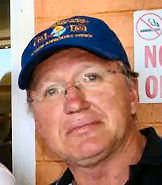

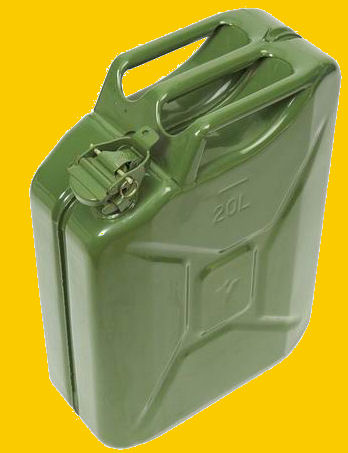 would minimize fuel losses under combat conditions. As a result the
German army had thousands of Jerry cans, as they came to be called,
stored and ready when hostilities began in 1939.
would minimize fuel losses under combat conditions. As a result the
German army had thousands of Jerry cans, as they came to be called,
stored and ready when hostilities began in 1939. 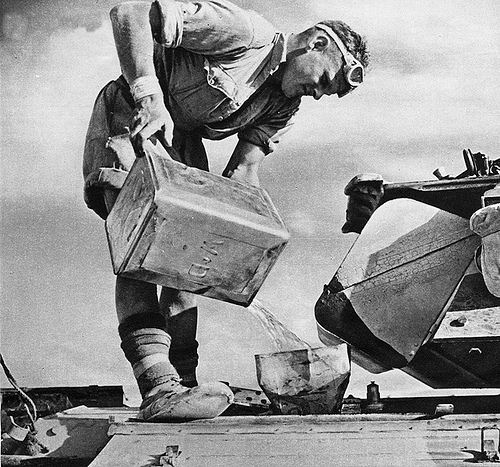 found there that conditions were indeed appalling. Fuel arrived by rail
from the sea in 44 gallon steel drums (205litre) with rolled seams and
friction-sealed metallic mouths. The drums were handled violently by
local labourers. Many leaked. The next link in the chain was the
infamous five-gallon “petrol tin.” This was a square can of tin plate
that had been used for decades to supply lamp kerosene. It was hardly
useful for petrol. In the hot desert sun, it tended to swell up, burst
at the seams and leak. Since a funnel was needed for pouring, spillage
was also a problem.
found there that conditions were indeed appalling. Fuel arrived by rail
from the sea in 44 gallon steel drums (205litre) with rolled seams and
friction-sealed metallic mouths. The drums were handled violently by
local labourers. Many leaked. The next link in the chain was the
infamous five-gallon “petrol tin.” This was a square can of tin plate
that had been used for decades to supply lamp kerosene. It was hardly
useful for petrol. In the hot desert sun, it tended to swell up, burst
at the seams and leak. Since a funnel was needed for pouring, spillage
was also a problem. 
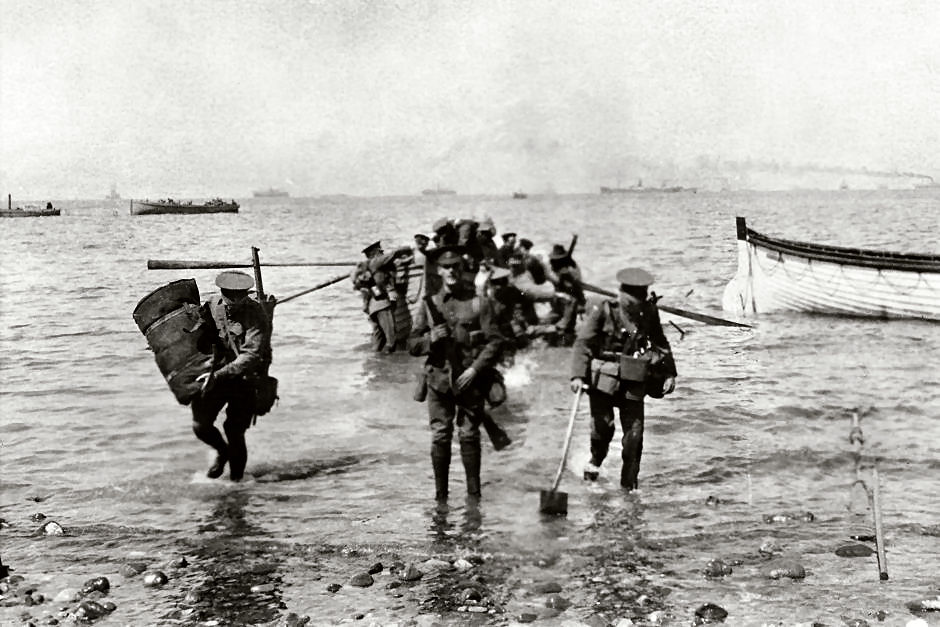 skills of the bronzed diggers, and a defeat brought about as much
because of dithering English commanders as the Turkish guns.
skills of the bronzed diggers, and a defeat brought about as much
because of dithering English commanders as the Turkish guns.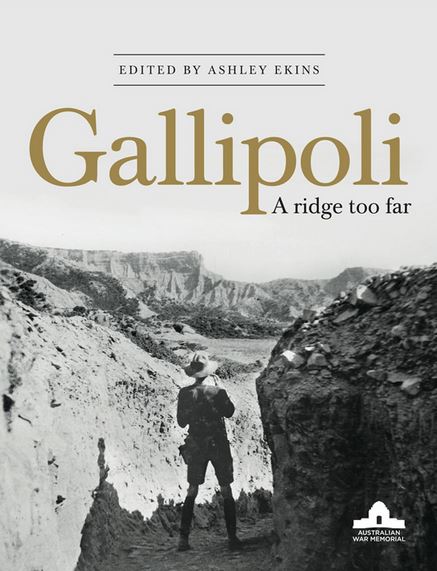
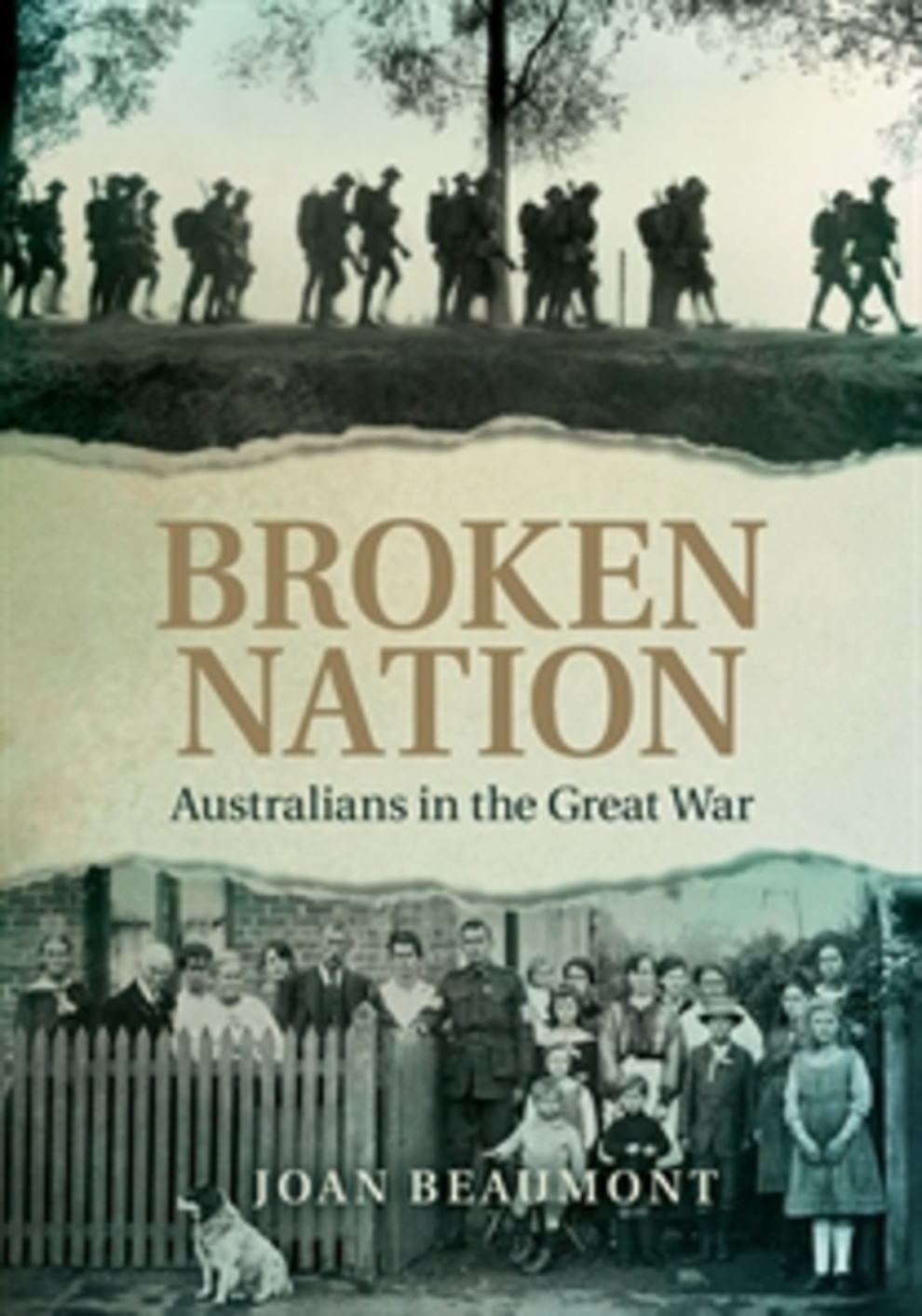
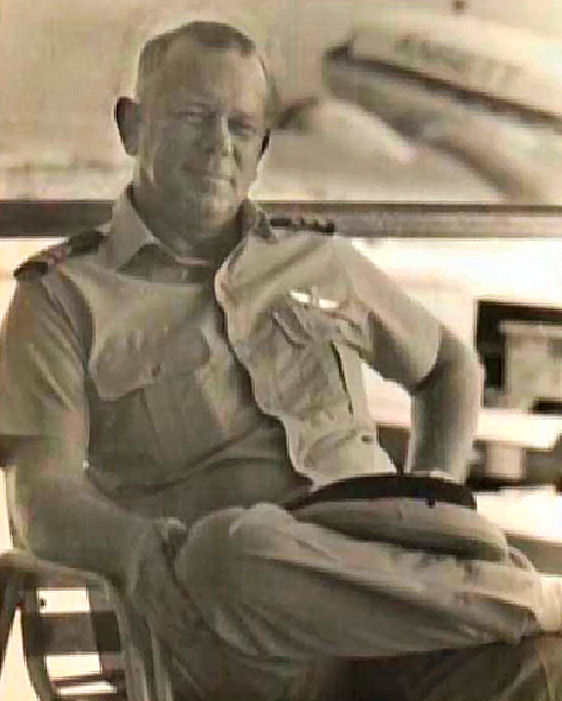 was Billy Johns (below), who subsequently spent
many later years flying in PNG. He was also a very good muso. The
aircraft was brought onto the Australian
register as VH-BFC and left for PNG in September 1965.
was Billy Johns (below), who subsequently spent
many later years flying in PNG. He was also a very good muso. The
aircraft was brought onto the Australian
register as VH-BFC and left for PNG in September 1965.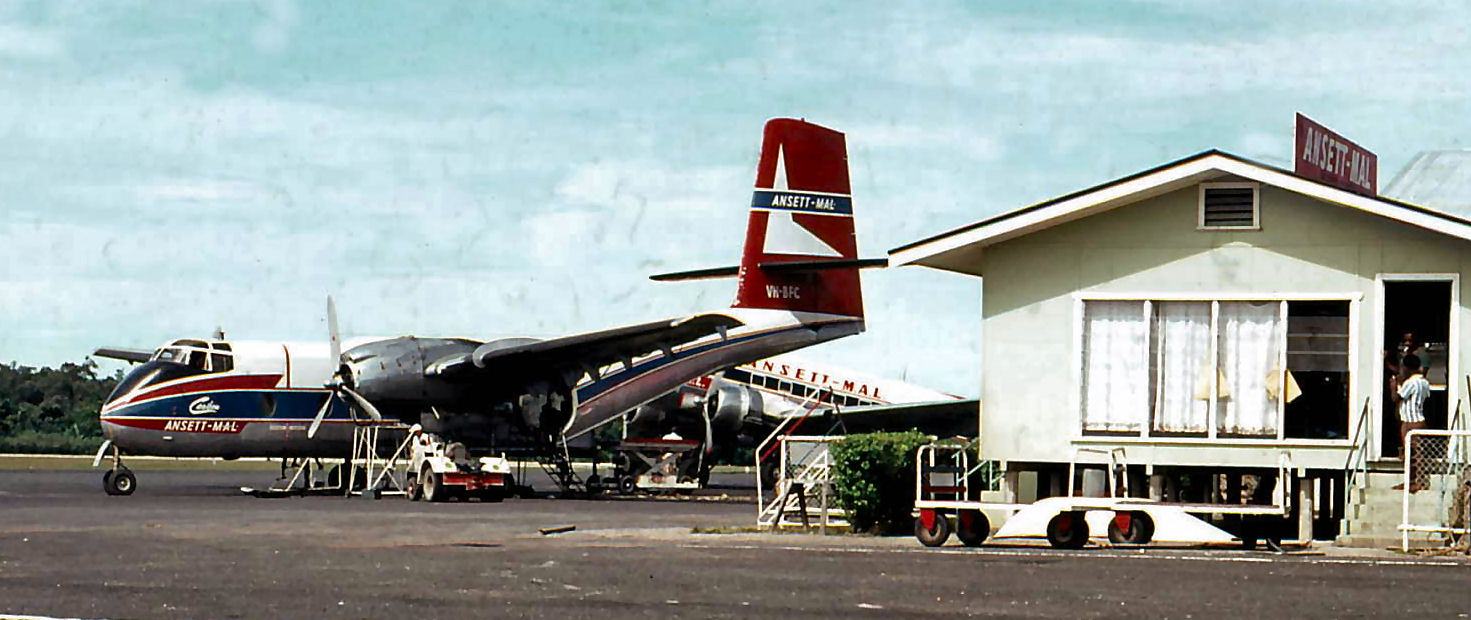
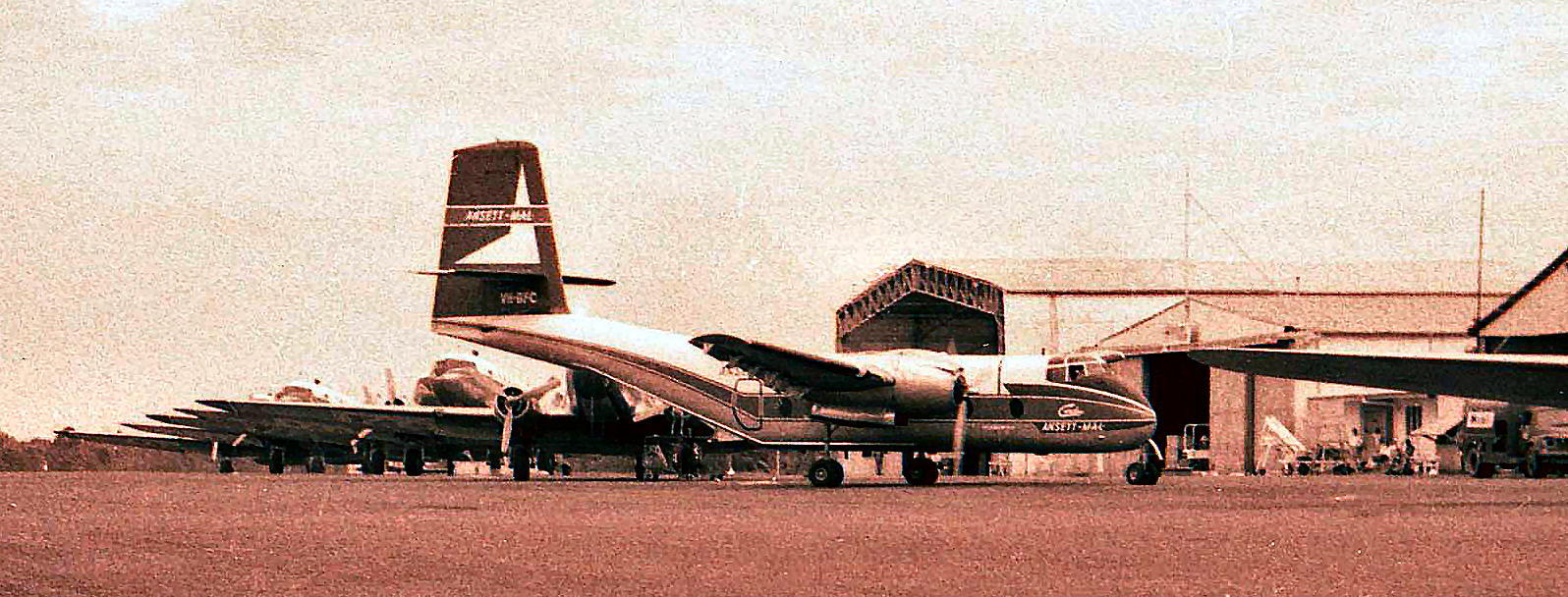
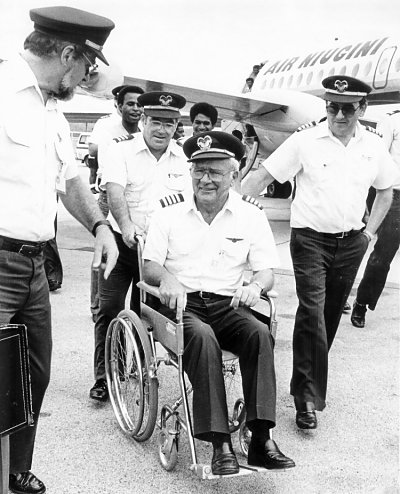 reconnaissance and aerial survey work. In 1955, after leaving the RAAF,
he joined
reconnaissance and aerial survey work. In 1955, after leaving the RAAF,
he joined
